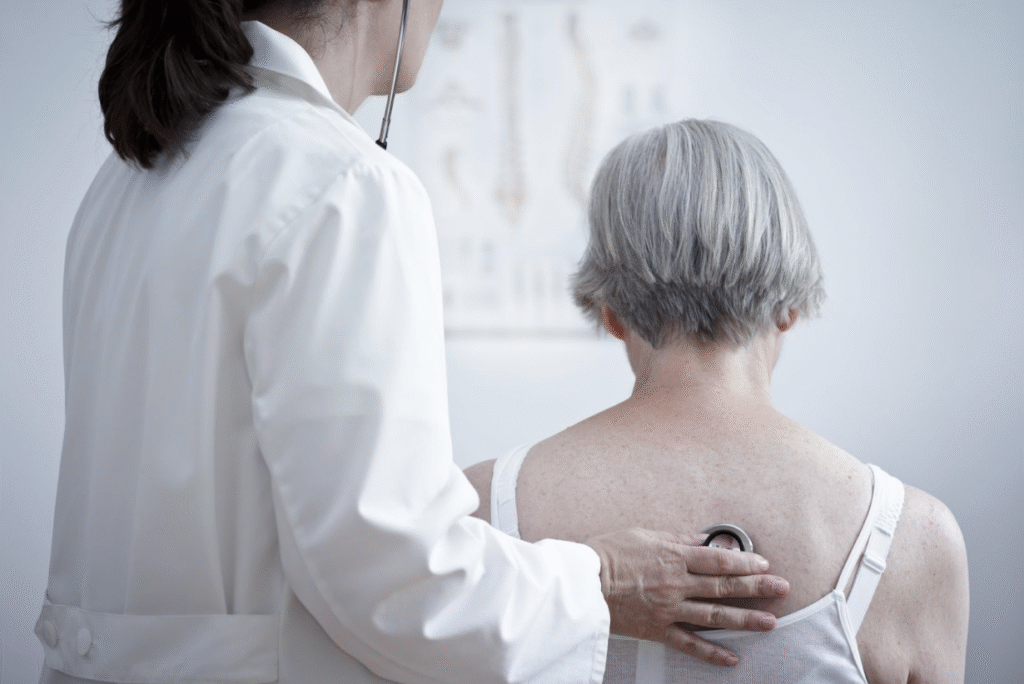Autoimmune disease is a struggle for many patients and their loved ones. Feeling decent, having energy, and worrying about the future are often part of a day in the life of a patient with an autoimmune disorder. Unfortunately, I rarely have a patient who comes into my office and has a good understanding of what is going on in their body, how the autoimmune disease developed, and how to stop the process of confusion in the body.
What is Autoimmune Disease?
Autoimmune disease, regardless of what form it comes in…rheumatology or dermatology… is complicated, and you need an expert’s eye to find safe, natural alternatives for autoimmune disease management. The body loses its self-regulation or self-tolerance in autoimmune disease, and as a result, inflammatory molecules rush to the affected target tissues, causing pain, swelling, and obstruction.
The immune system allows the production of large amounts of inflammatory cytokines or communication molecules that create tissue damage. Cells in the CD4+ helper cell family, particularly TH1 and TH17, drive these inflammatory pathways. They can definitely get your attention! Autoimmune diseases such as those listed below are examples of the disruption of the immune system from the regulatory cells and the ‘attack of self’ followed by the attempt to ‘remove self.’
- Crohn’s
- Hashimoto’s Hypothyroidism
- Inflammatory Bowel Disease (usually Crohn’s or Ulcerative Colitis)
- Lupus (or systemic lupus erythematosus)
- Multiple sclerosis
- Psoriasis and Psoriatic Arthritis
- Rheumatoid Arthritis
- Sjogren’s syndrome
- Ulcerative Colitis
‘Removing self’ takes quite an effort and inflammatory response, which is why the symptoms are so robust. Fatigue, numbness, dizziness, pain, electrical shock sensation, weakness, joint pain, swelling, etc. Your immune system’s job of self-regulation is to detect and remove cells when they become dysfunctional. When this system breaks down, it takes a while to develop an autoimmune disease with complicating trouble in elimination and proper rebuilding tools.
Natural Treatment for Autoimmune Diseases
The desire to use herbs or botanicals when you have an autoimmune disease is not uncommon. Pharmaceuticals or medications are limited in their effects, so holding off and managing symptoms with other tools can be a great option for patients who are in the early stages of autoimmunity, even if they have a lot of pain.
I have seen patients well progressed in their disease do well off medications and on botanicals; however, it does take a lot of dedication and work. There is a growing interest among patients and the research community in using plants to help manage autoimmune symptoms both because they work and are safe and because they make it possible to delay the need for medications that only work for a certain amount of time.
In addition to our goal of managing autoimmune symptoms, we would like to see the progression of the autoimmune disease slow down or halt its rapid progression. This is where dedication and commitment come in. It takes time to uncover where the body got confused and help to eliminate the source. The source is constantly exploding on the immune system’s communication molecules and understanding of their roles in symptoms. Labs have come a long way in helping us understand the management and assessment of autoimmune disease. Many patients find answers.
Imagine if you still had the energy at the end of the day to finish that gardening project.
Imagine if you could walk with your granddaughter without worrying about hip pain and needing a place to sit after several yards.
Specialized Naturopathic Care for Autoimmune Conditions
We specialize in this kind of thing so it is not a new idea for us. Getting the right care tailored for you or your child’s specific body and situation is key to success in your health. At Journey of Health, we are dedicated to finding the right integrative solutions for each patient.
Based in the San Diego area, we provide naturopathic medicine for patients in California, Arizona, and other areas depending on access to care. If you wish to further your own journey of health with naturopathic solutions and alternative medicine, give us a call at (619) 772-1164. We offer free 10-minute consults so you can see if we are the right fit for you and your family. Reach out and learn more about your holistic medicine options today!












